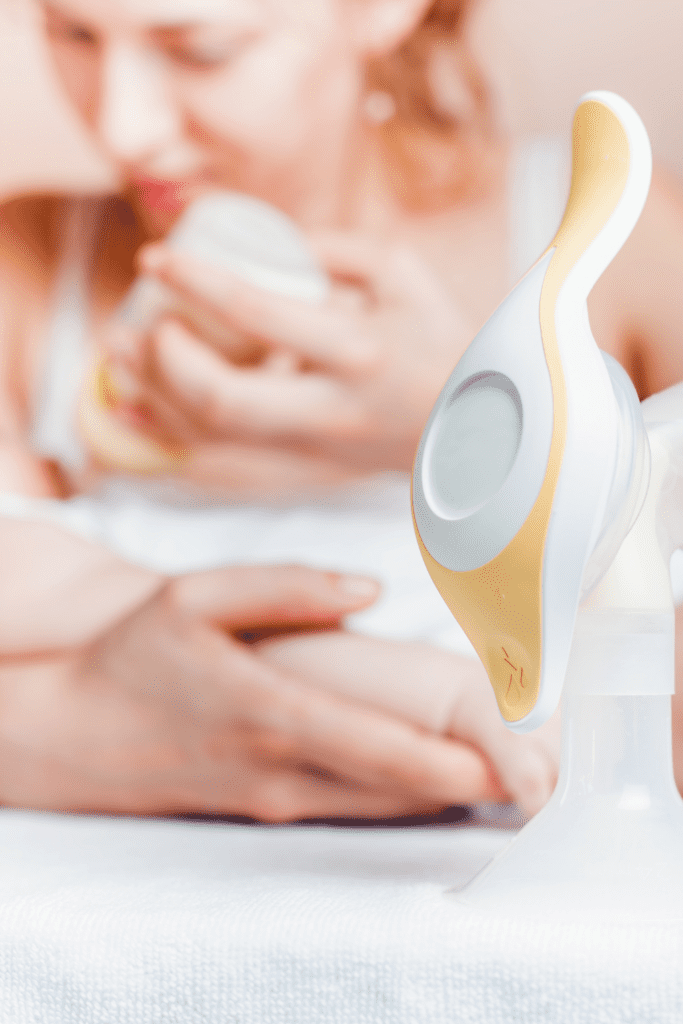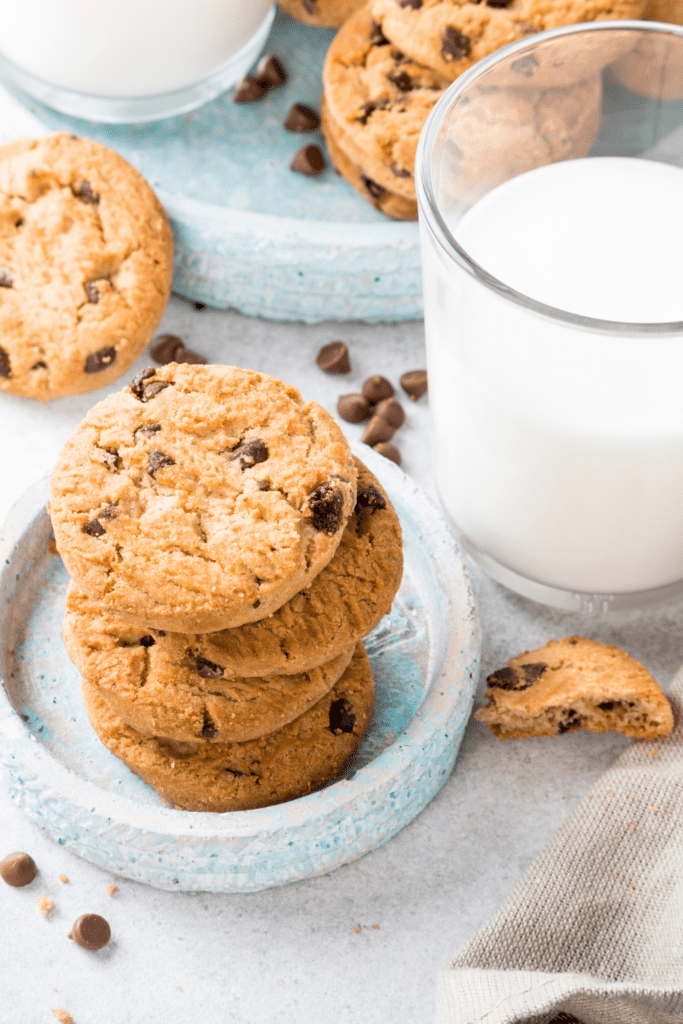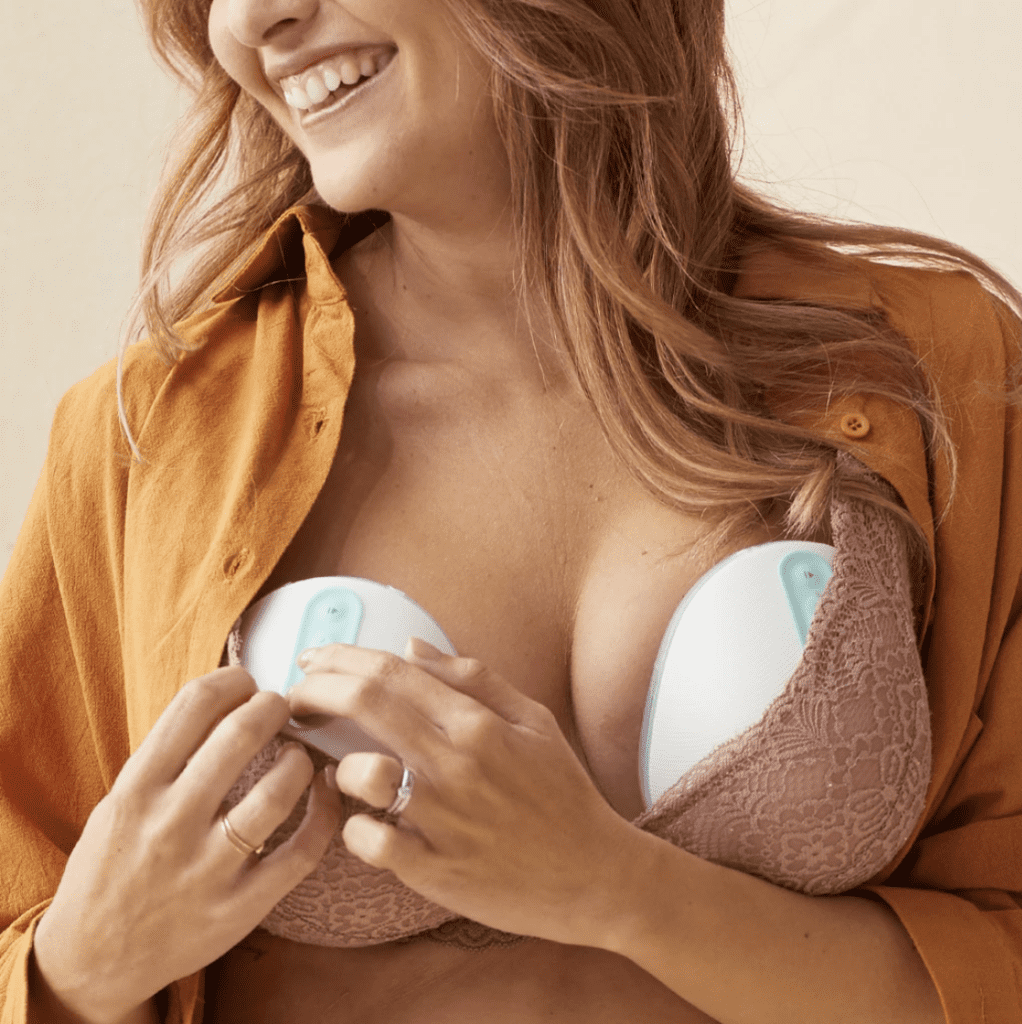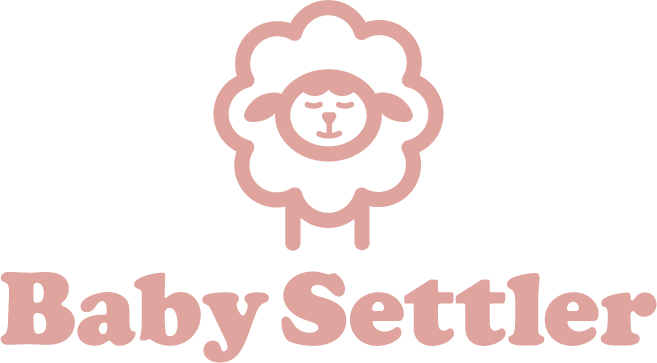
Our bodies are amazing! Not only are a lot of mamas able to feed their babies with their breast milk, but they’re also able to increase the volume of milk they’re producing for future use.
Do you want to increase your milk supply? Adding pumping into your breastfeeding routine can increase the milk you produce, which has so many benefits.
If you want to focus on mostly feeding your baby breastmilk, having a bunch stored can be helpful when transitioning to a bottle. Your partner or a family member can take charge of feeding the little one so that you can have some time to yourself.
Plus, if you have extra breast milk, you could also donate it to moms who want to feed their baby breast milk, but are unable to produce it themselves. What To Expect has a guide on how to donate and how to receive breast milk.
For breastfeeding mamas, here are 6 tips on how to increase your milk supply
Pump Right After The Morning Feed
Breastfeeding bodies respond to supply and demand – this means that your body will keep producing milk as long as it is needed (barring any complications). When you don’t breastfeed, your body knows so it stops producing milk.
If you want to pump more milk, try pumping more often (not for longer). Your body will recognize the “need” and work to produce more milk.

“…it’s often a good idea to express milk straight after, or an hour after, a feed. This may seem counterintuitive, because it’s usually easier to pump from a full breast. But you should think of your pumping session as ‘putting in a milk order’ for the next day,” explains Medela.
Keep Pumping AFTER The Last Drop
Pump for around 15 minutes, and continue for a few minutes after the last drop. This is telling your body that more milk is needed.
When you start pumping, you may only get a small amount of breast milk. Don’t be discouraged! As you pump more often, your body will meet the demand you’re setting out for it.
Remember: You’ll produce less milk while pumping compared to nursing. Your pumped milk production is not a clear representation of the amount of milk your baby transfers at the breast. Even the best pumps on the market can’t nurse more effectively than a hungry, awake baby.
Try Power Pumping
Power pumping is when you pump after every nursing session for 10 to 20 minutes (start with 10 minutes) for around three days.

This helps to fully empty your breasts (if not all your milk is used during breastfeeding, then your body will start producing less) and send out the signal that more milk is needed.
Give Yourself A Massage
Massaging your breasts can help stimulate milk production. This is a very easy technique: Simply apply pressure on the breast with both hands and massage toward the nipple. You can start with circular motions with your fingers at the top of the breast moving down, and then moving your cupped hands around the breast with gentle pressure.
The massage shouldn’t hurt at all – be gentle and make sure you’re comfortable.
Baby Center recommends putting a warm cloth on your breasts before massaging, as the heat increases circulation and opens up milk ducts.
Skin-To-Skin Contact
Skin-to-skin contact can help build a connection with your baby and help you heal after birth, but it is also something to continue doing regularly after the newborn phase. In fact, skin-to-skin contact could help increase milk supply.
Holding your little one skin-to-skin with you can help release the “love” hormone, oxytocin, which in turn helps your breast milk flow.

So, before you pump, you can cuddle your baby or breastfeed your little one from one breast while pumping from the other.
One of my favorite things to help with skin-to-skin contact is Bonsie babywear, created for easy skin-to-skin contact.
Make Lactation Cookies
When you increase the demand on your body for breast milk, you’re going to need extra nutrients to ensure your body is healthy and able to deliver.
Also, some foods have been known to assist with milk supply, and lactation cookies are a great, tasty way to get these ingredients in.
There are tons of lactation cookie recipes out there, but most focus on a few core ingredients: Oats for iron; brewer’s yeast for iron, zinc, magnesium, potassium, and vitamin B; flaxseeds for omega-3 fatty acids; and barley for its ability to help produce the milk-making hormone, prolactin.

Parents has a list of some of the best lactation cookie recipes to try.
For more information and tips on breastfeeding, pumping, pumping at work, low milk supply and everything in between, check out my online course, Breastfeeding Made Simple, or schedule a virtual or in-person consultation with me!
My Favorite Breast Pumps
Medela Freestyle Flex Breast Pump
I love this pump because it’s designed for frequent pumping. The patented, research based two-phase Expression Technology helps to produce more milk in less time.

This is one of the best pumps for mamas on the go. This pump is hands-free and small, and can easily be worn underneath tops.




